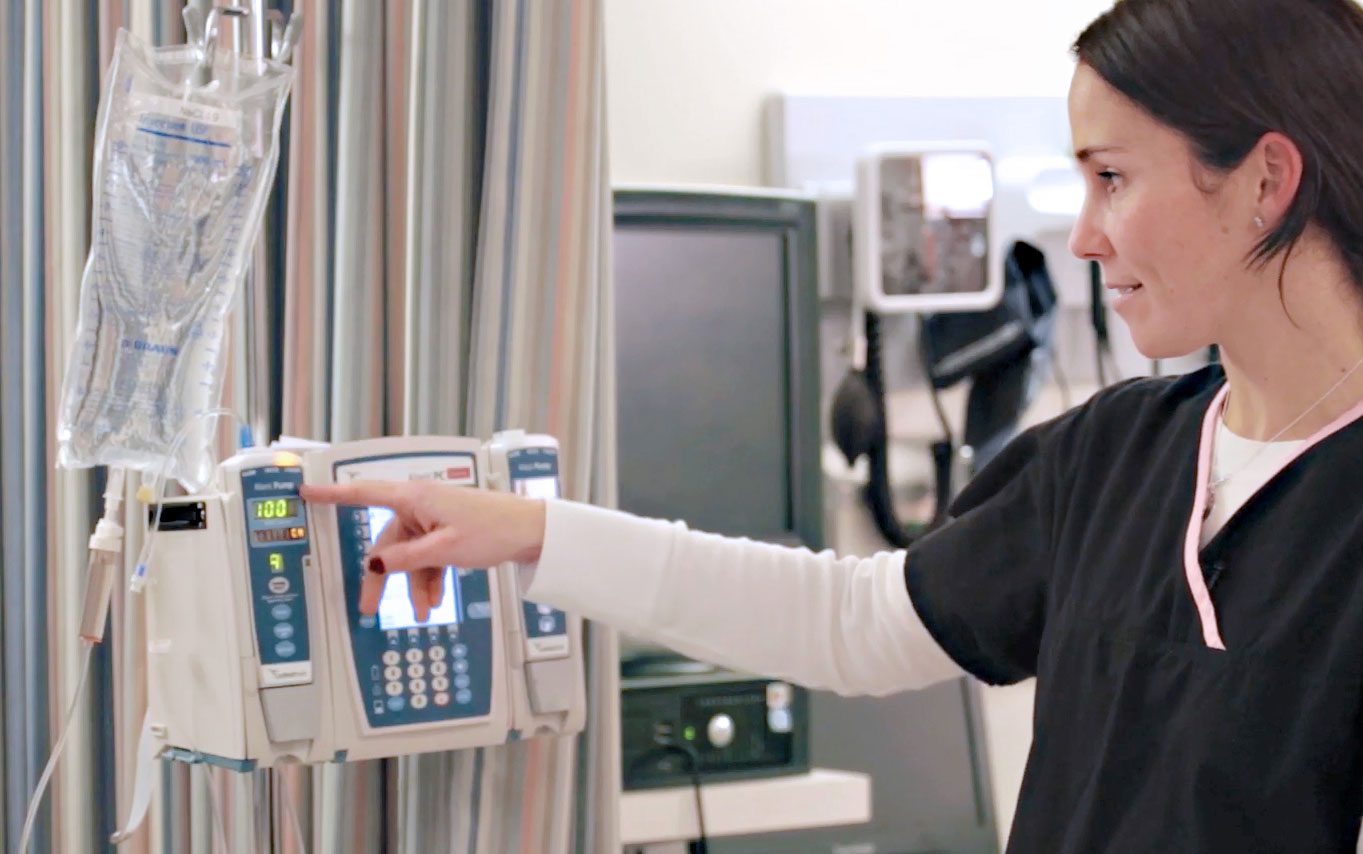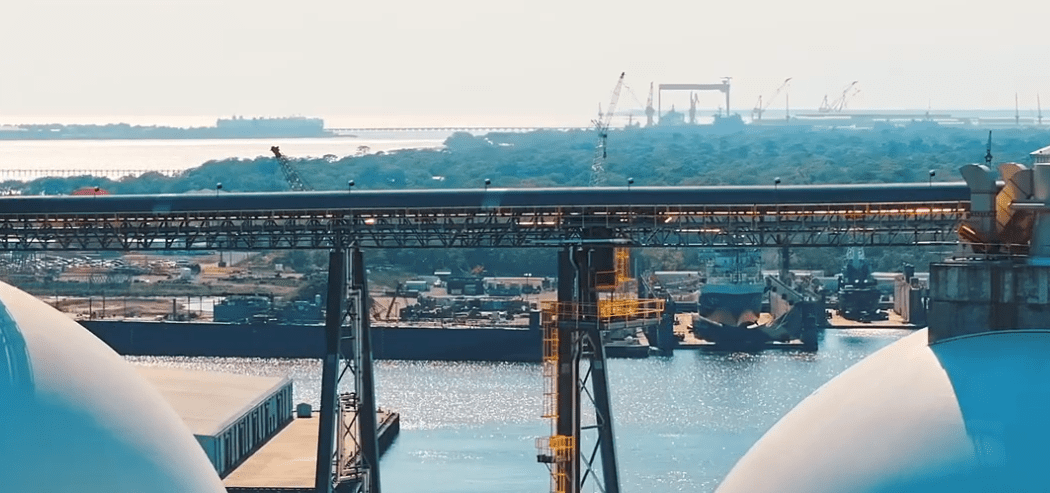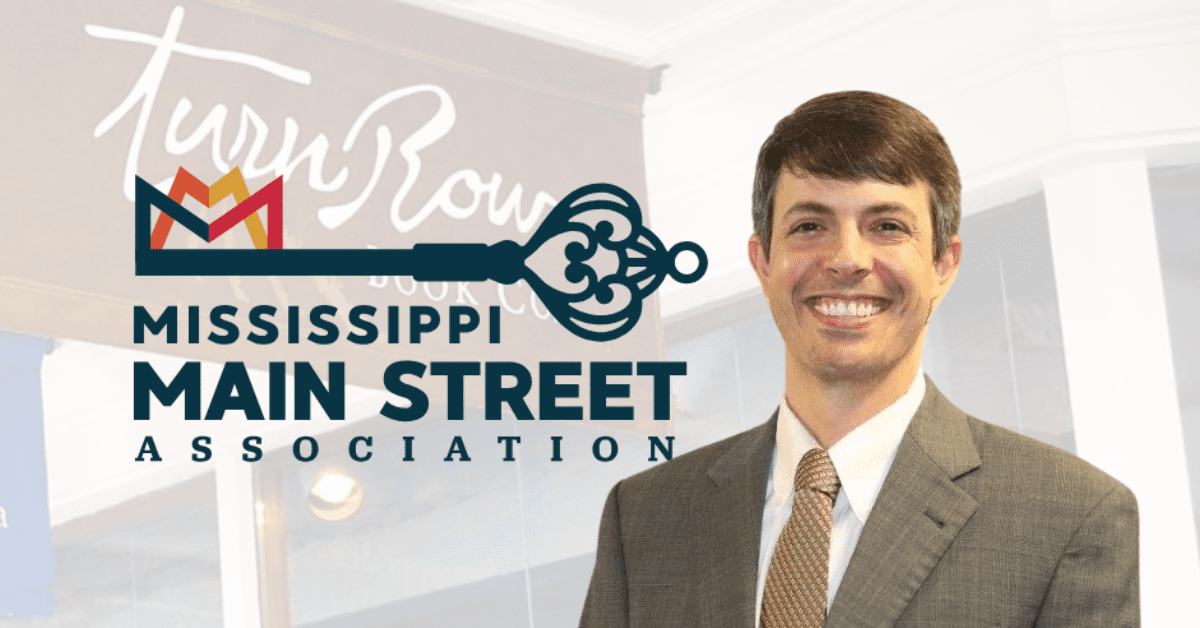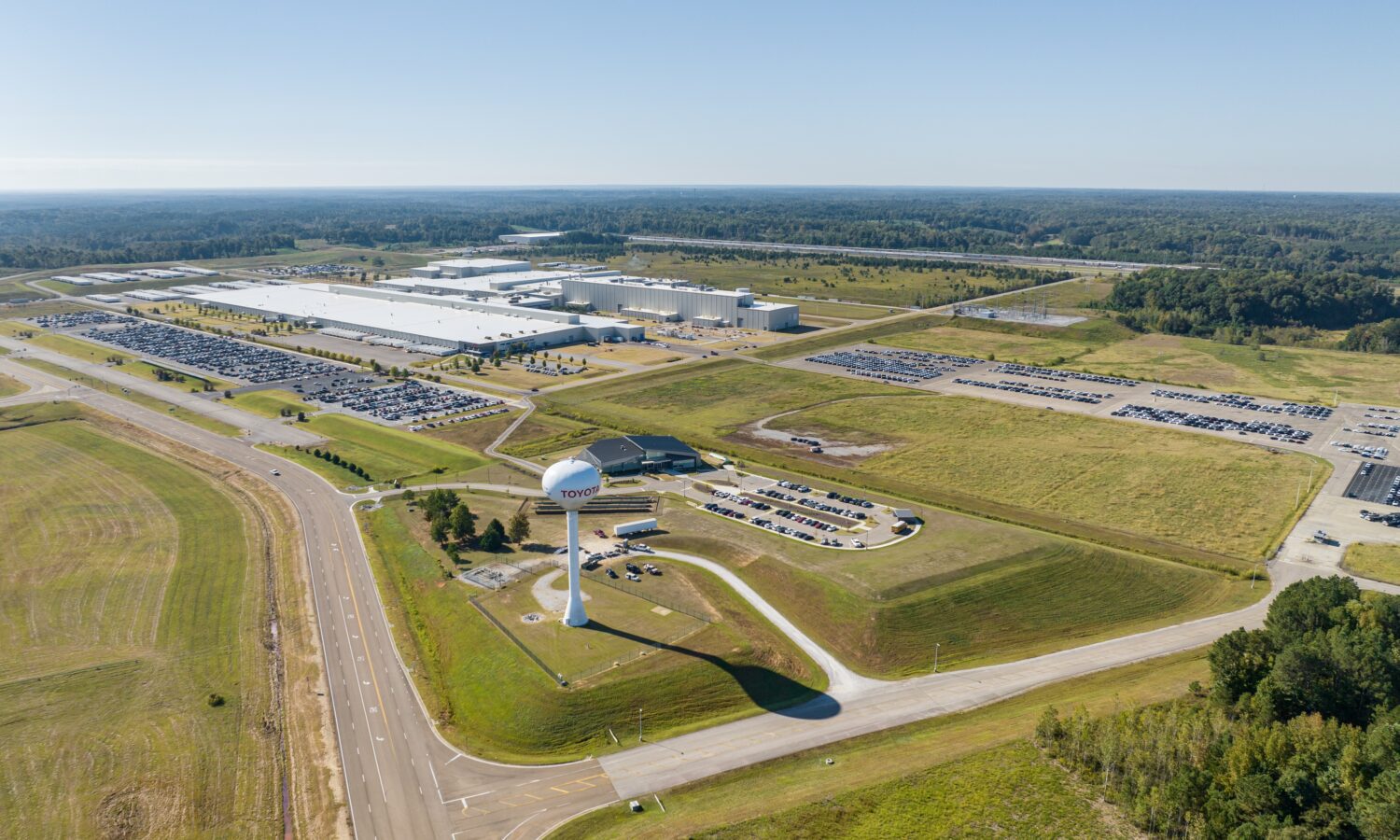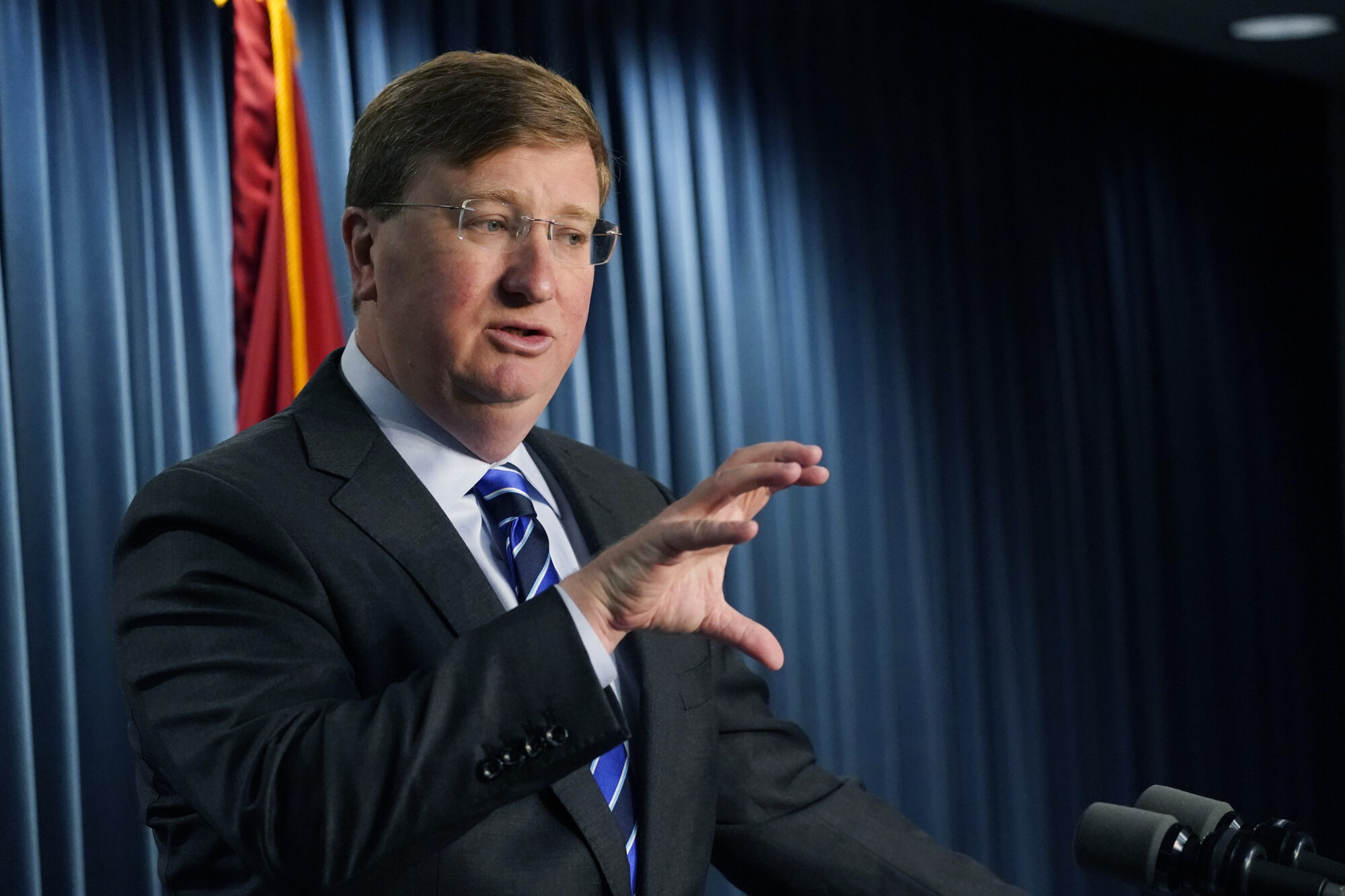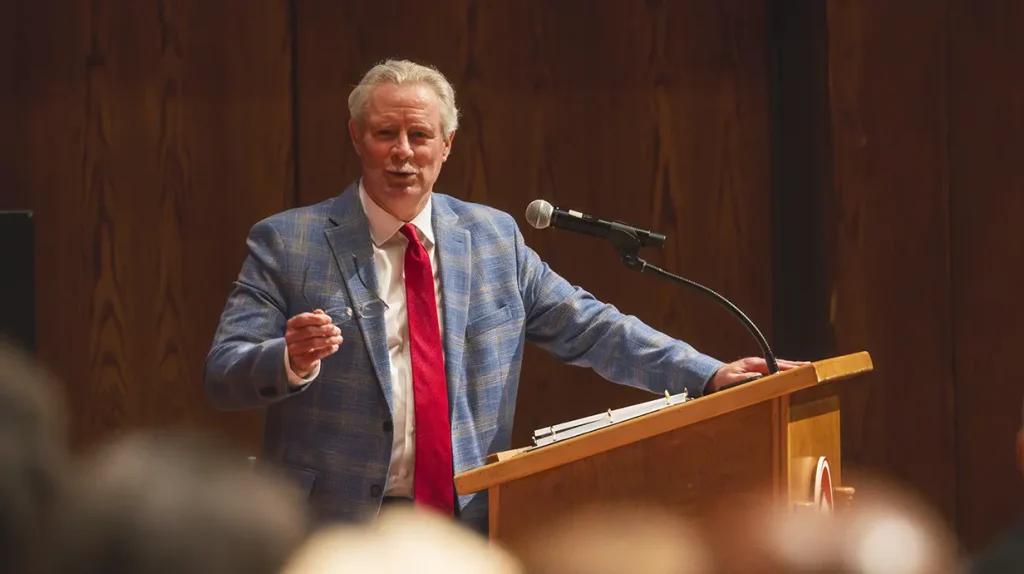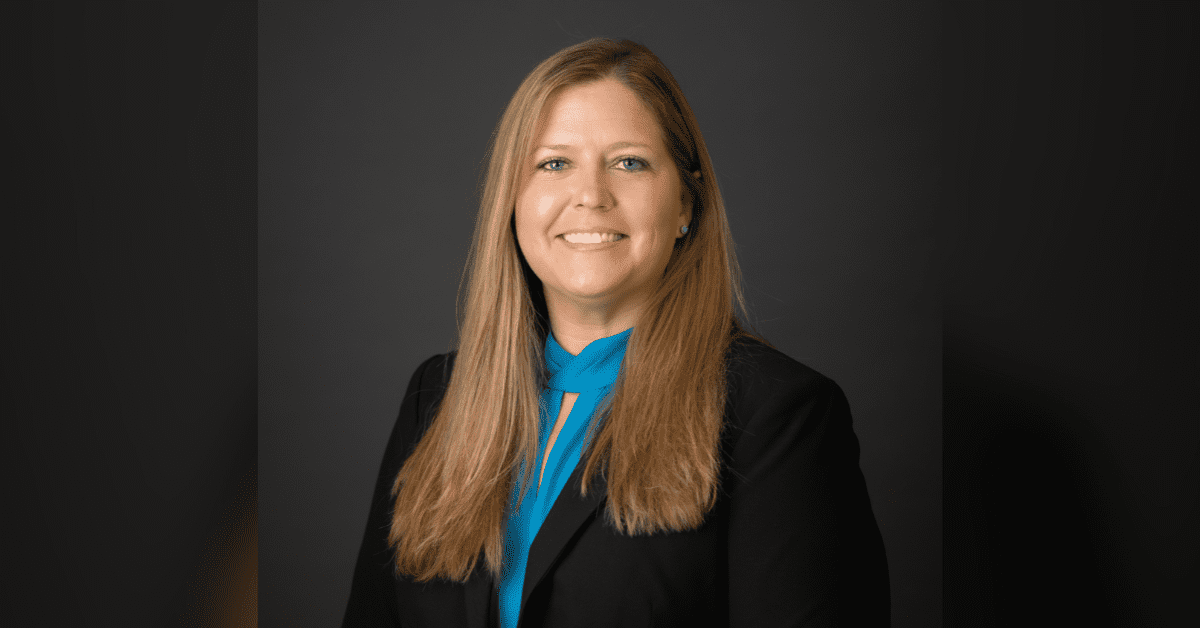
- Taylor says Mississippi is being recognized for its economic development wins, public-private workforce strategy, and the speed with which the state is excelling.
A stronger alignment to economic development, providing greater accountability for workforce funding, and increasing employer engagement were top priority items for Dr. Courtney Taylor’s first year as executive director of AccelerateMS, the Magnolia State’s leading office for workforce development strategy and delivery.
Taylor talked in-depth with Magnolia Tribune about those priorities and more to celebrate year one on March 16.
A year into your leadership, where do you see the office, and what progress do you hope to have made?
We are, after four years, recognized as the driving force behind a fully coordinated, demand-driven workforce system in Mississippi, both internally and around the country. The Governor, Lieutenant Governor, and House Speaker and their teams have been incredible. We’re far from finished in this work but do think we continue to stride closer to a fully coordinated, demand-driven system.
Over the past year, we’ve worked hard on a few key areas. The first is simply a stronger alignment to economic development – workforce development is fully integrated into every major economic development initiative, ensuring that talent pipelines are a selling point for attracting and retaining businesses. The Mississippi Development Authority (MDA) and AccelerateMS teams have worked incredibly hard to build as seamless an approach as possible. Bill Cork and I work closely together weekly to drive policy and programs to a point where they’re making a difference and operating as fiscally efficient as feasible. This has been incredibly rewarding during a time when the state is seeing record investment and development with new sectors across the state and new and expanding industries.
Our Talent Solutions Team, led by Trey Smith, has done incredible work over the past year to set up a true customized training and recruitment effort to support new and expanding companies alongside our partners. Our local economic developers have really started to embrace what we can offer and the ability to just get the work done behind the scenes with our partners in a way that doesn’t slow down the companies as they work to build or expand operations. Providing a productive workforce on day one is one of the best ways to increase opportunities for Mississippians as more companies realize they’ll be able to produce high quality goods because our workforce is savvy, dedicated, and worth their investment. It’s really been a rewarding experience across the board.
Another key area is that we’ve continued the approach the office has taken since day one of providing greater accountability in workforce funding. We’ve instituted greater fiscal accountability with our partner, the Mississippi Department of Employment Security. Our Grant Management Team, led by Shelika Hooker, has worked to have access to clearer data to allow the office to make truly data-driven decisions to ensure that workforce dollars are generating real employment outcomes, and that funding is being used appropriately. Our coordinators are diving deep into funded programs to ensure the state is getting what it’s paying for with our funding and where it isn’t, we’re notifying entities that funding will be clawed back unless they can address areas of programmatic concern and any with areas of fiscal concern are being denied funding until associated items can be corrected, if such is possible. This isn’t fun, but it’s absolutely necessary to meet the expectations of the Governor, the State Workforce Investment Board (SWIB), and our legislative leaders. Programs that don’t lead to quality jobs are being removed from state workforce funding and replaced with those that do. This is a lot more complicated than I think any of us realized it would be, and we’re far from done finessing our approach as increasing accountability without slowing down the whole system’s ability to respond to needs is challenging.
The Legislature’s Economic and Workforce Development Committee, led by Sen. Daniel Sparks (R-Belmont), provided funding for us to hire a special populations manager, and since adding this teammate, our Data & Insights Team, led by Dr. Cliff Thames, has made meaningful progress in analyzing outcomes of training programs for justice involved individuals, in partnership with MDES, Mississippi Department of Corrections (MDOC), and MAGCOR. We’re far from done but are on a great path to soon identify what types of training pays off for individuals when released from incarceration, so we can provide more of those opportunities for individuals.
We have and will continue to increase employer engagement to ensure they take a more active role in shaping training programs, including funding that we operate. We’ve partnered deeply with our defense manufacturing base to identify solutions to workforce challenges and there’s no better example of that than the efforts of the Mississippi Shipbuilding Industry Preparedness for National Security (MS-SHIPS) consortium, specifically supporting submarine and shipbuilding efforts primarily along the coast. We have some incredible companies in Mississippi across the board and they’ve continued to work with us to drive the change they need to have a productive workforce in the state.
Mississippi is being recognized for its economic development wins, public-private workforce strategy as a model for how to align workforce investments with real job opportunities, and the speed with which we get stuff done.
Also, our marketing team, led by Daniel Hawthorne, has really blossomed and is working with training providers, non-profits, and media outlets to show the impacts of the funding we’ve been entrusted with. They’re also working to provide better access to training program information for Mississippians, like that available through our partnership with the Skills Foundation and MS Pathfinder (an initiative led by the Mississippi Energy Institute).
Across the board, there’s so much more to do. I’m happy with where we are today but recognize we must go farther, faster. So, we’ll remain diligent in our efforts to partner where there are eager training providers, funding organizations, and engaged industries.

Mississippi has made big strides in workforce development, but what’s still missing? What’s the next big challenge we need to tackle?
Mississippi has made significant progress by aligning workforce efforts with industry needs and investing in high return on investment training programs. However, we still need improved integration between K-12 education, postsecondary training and education, and labor market demands. There are too many disconnected programs and too few true pathways from poverty to certification of value. Increased alignment is crucial to creating seamless pathways into high-demand careers. We must continue to improve our focus on quality jobs and ensure we’re providing appropriate pathways to those jobs across the state and that’s exactly what (AccelerateMS’s Director of Workforce Innovation) Blaise King is doing across all our partners and internal staff.
How do we ensure that workforce programs are directly tied to economic development opportunities rather than just training for the sake of training?
Workforce development cannot happen in a vacuum, and it’s certainly not limited to the efforts the office has undertaken. Workforce development truly begins before kids are school age and continues until the worker leaves the labor market. This means every education entity in the state and non-profit training provider must be engaged in reviewing industry demand and labor market outcomes to ensure programs are leading to quality jobs. They must also be analyzing the quality of the training and education within the programs. To do this effectively, private industry MUST be at the table in a real way and provide real feedback about associated programs.
The office is leading with economic development priorities and demands by identifying the industries and associated occupations that are growing, expanding, or rapidly changing in Mississippi, in partnership with MDA and local economic developers, and then working backward to create workforce programs tailored to those opportunities. It can be through the Reconnect or Apprenticeship Accelerator Programs announced by Gov. Reeves last year, or incentivizing our training partners to create more pathways into critical need areas like plumbing, electrical, water/wastewater operations, or even simply providing for more paid internship opportunities for our engineering students with small to medium sized companies in Mississippi.
Mississippi must ensure all programs—K-12, community college, higher education, and apprenticeships—are aligned with economic demand, not just program availability. Leaders must also ensure that funding is prioritized for programs with the documented outcome of leading to a quality job. AccelerateMS is doing this with the funding we’re responsible for, but this is only a small percentage of funding in the state.
Mississippi has multiple education and training funding streams. How do we ensure they’re being used effectively and not just keeping programs alive that don’t deliver results?
The key is data-driven decision-making. Mississippi needs stronger accountability measures for programs receiving state and federal dollars; a clearer view of ROI—not just enrollment numbers but long-term job placement and wage growth; and a willingness to sunset ineffective programs. If a training or education initiative isn’t yielding results, those funds should be redirected.
What’s the right balance between public investment and private sector responsibility when it comes to workforce training?
Public investment should lower the barrier to entry for individuals, but the private sector must be actively involved. That means companies co-investing in training through apprenticeships, tuition reimbursement, or on-the-job learning; and public funding focusing on foundational skills, while employers tailor training to specific company needs.
We hear a lot about artificial intelligence (AI) and automation. How is Mississippi preparing its workforce for the jobs of the future?
Mississippi must ensure workers are equipped for automation-driven changes by expanding digital skills training at all levels—from high school to adult learners; incorporating AI and automation skills into career and technical education (CTE) programs; working directly with industries adopting automation to reskill workers instead of replacing them; and encouraging lifelong learning so workers can adapt to future technological shifts. We’re doing this through the MAIN program, run by Dr. Kollin Napier, and through the new Mississippi AI Talent Accelerator (MAI-TAP) funding program. Both programs are still young and maturing but we’re proud partners on both.
What’s one thing Mississippi is doing in workforce development that other states should be emulating?
Our demand-driven approach is a model for other states. The way Mississippi is integrating workforce planning with economic development projects—especially through Talent Solutions at AccelerateMS—is ensuring that training efforts lead to real job opportunities, not just certificates. This approach ensures we’re plugged in with the high volume, low training barrier occupations and the low volume, high barrier occupations to entry training and education programs to secure a long-term pipeline for our employers that shifts as they shift.
If we’re talking a year from now, what’s one thing you hope will have changed dramatically in Mississippi’s workforce pipeline strategy?
I hope we’ll have made real progress in accounting for how education funds are impacting real access to the labor market. We must continue to move more Mississippians into the workforce and quality jobs.

